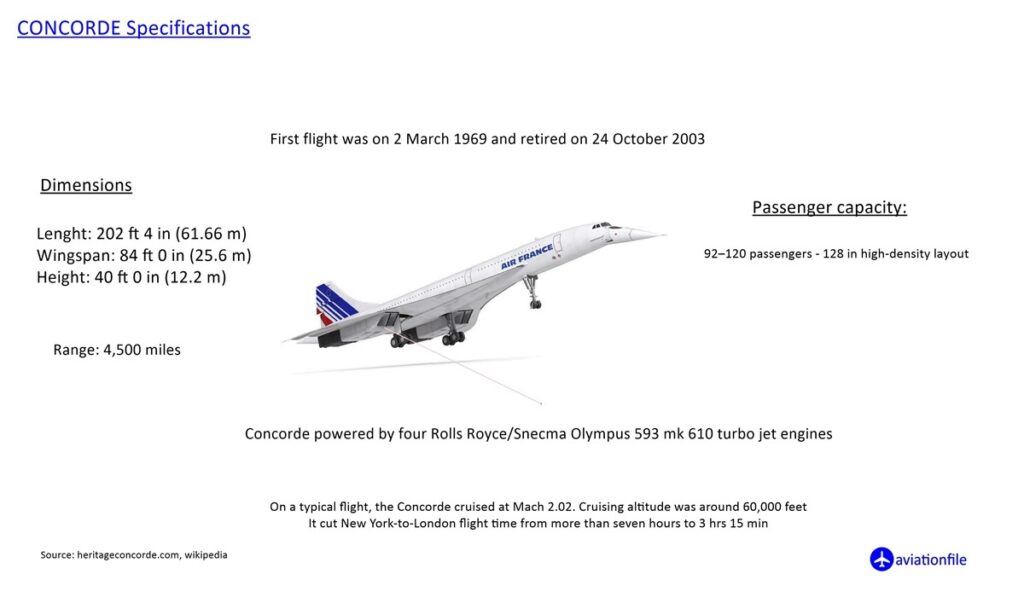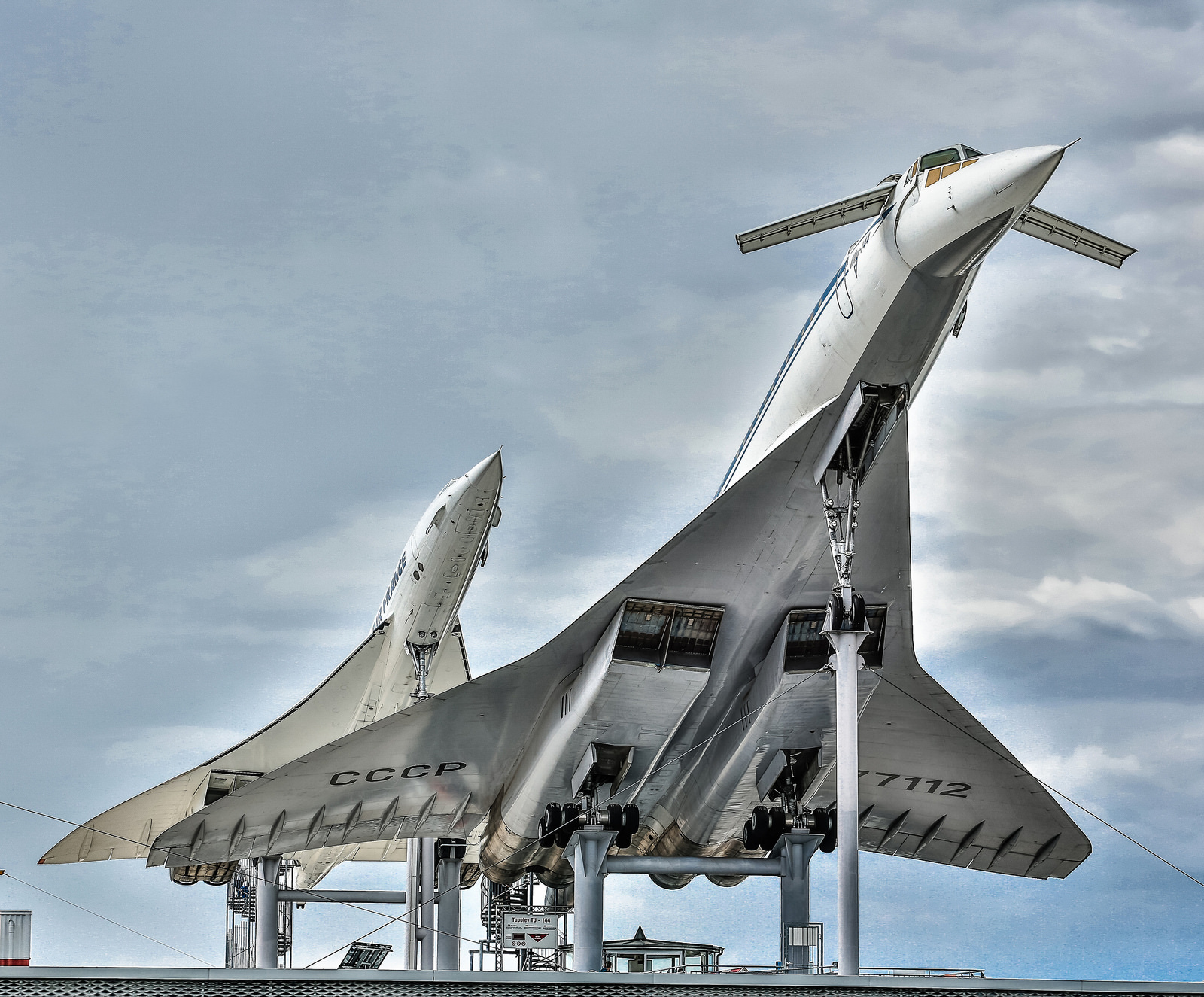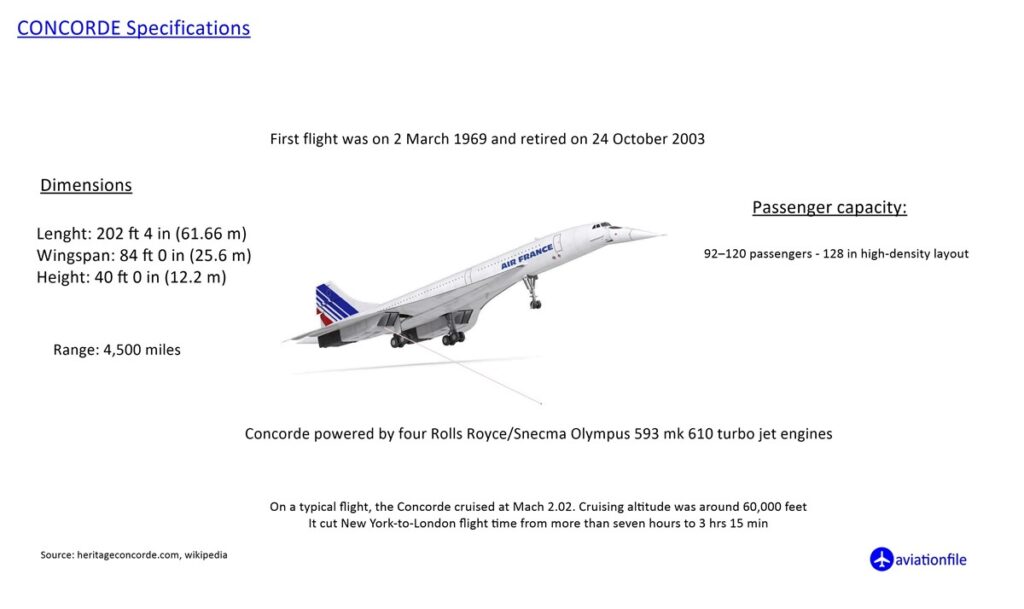

The 1960s, 70s, 80s saw a fierce competition between the West and the East in the race for supersonic passenger flight. Two iconic aircraft emerged from this race: the Anglo-French Concorde and the Soviet Tupolev Tu-144. Both were marvels of engineering, but they also had significant differences.
- Tu-144: The Tu-144 held the crown for being faster, reaching speeds of Mach 2.15 compared to Concorde’s Mach 2.04.
- Concorde: While slower, Concorde boasted a longer range of 3,900 nautical miles, allowing it to fly transatlantic routes.
- Noise: Both planes were incredibly loud, leading to noise restrictions and ultimately contributing to their demise.

- Engines: While the Olympus engines were more efficient than the Tu-144’s turbojet engines, they were not necessarily more advanced.
- Design: The Tu-144 was larger and heavier than the Concorde, affecting its fuel consumption and range.
- Concorde: While initially successful, Concorde‘s high operating costs and limited passenger capacity made it commercially unsustainable.
- Tu-144: The Tu-144 never achieved regular passenger service due to safety concerns and economic challenges.
- Concorde: Despite its relatively short lifespan (1969 to 2003), Concorde remains an iconic symbol of aviation innovation and supersonic travel.
- Tu-144: The Tu-144’s legacy is a bit more controversial, with its potential overshadowed by safety issues and limited commercial success.
The answer depends on your priorities. If speed was your main concern, the Tu-144 was the clear winner. However, if you valued efficiency and range the Concorde was the superior choice. Ultimately, both aircraft represented the pinnacle of supersonic passenger flight and serve as a testament to human engineering ingenuity.
- Both aircraft were eventually retired mainly due to economic factors and environmental concerns.
- The Concorde still holds the record for the fastest transatlantic passenger flight.
- The Tu-144 remains a popular subject of aviation enthusiasts and historians.
- Wikipedia: https://en.wikipedia.org/wiki/Concorde
- Smithsonian National Air and Space Museum: https://airandspace.si.edu/collection-objects/concorde-fox-alpha-air-france/nasm_A20030139000
- Flight International: https://en.wikipedia.org/wiki/Concorde
Tu-144:
- Wikipedia: https://en.wikipedia.org/wiki/Tupolev_Tu-144
- Tupolev Museum: https://tupolev.ru/about/museum/
- International Civil Aviation Organization (ICAO): https://www.icao.int/Meetings/anconf13/Documents/WP/wp_211_en.pdf
Additional Sources:
- Boom Supersonic (company developing a new supersonic passenger aircraft): https://boomsupersonic.com/
- The Concorde Story: https://www.amazon.com/Flying-Concorde-Brian-Calvert/dp/1840373520